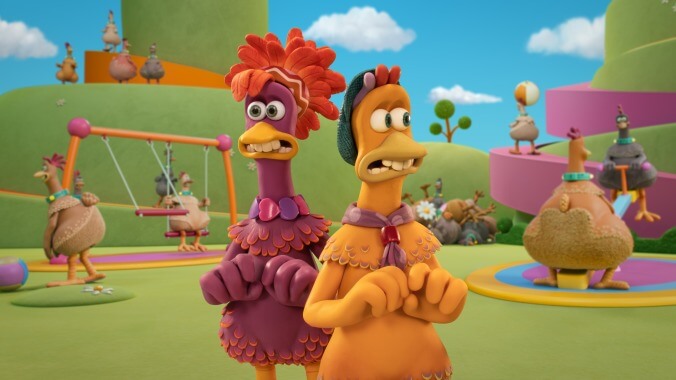Chicken Run studio Aardman is apparently running out of clay
The factory that made the studio's go-to modeling clay has apparently shut down, and Aardman only has enough for one more film

In news that could spell disaster for cheese-obsessed animated inventors the world over, long-running British animation studio Aardman Animations—famous for the Wallace & Gromit films, Shaun The Sheep, and, currently, the upcoming Chicken Run sequel, Dawn Of The Nugget—is apparently running out of clay. This is per a report from The Telegraph, which revealed that the factory that’s been providing the studio with the crafting materials that’ve helped its animators achieve the studio’s signature look for decades has apparently shut down. Aardman apparently bought up as much of the Plasticine-esque material—formally known as Lewis Newplast—as it could get its hands on when the news broke. But they only apparently only procured enough of the stuff for one more film, the new Wallace & Gromit movie that’s currently slated for 2024.
(According to reports, Aardman goes through a pretty amazing amount of clay for a production; in a video by Adam Savage from a few years back, one of the studio’s technicians revealed that the company uses about half a ton of the stuff on models for a single film.)
Per the Telegraph report, the Lewis material is uniquely suited to working in film, quoted as being “easy to mould, yet keeps its shape under hot studio lights.” The sudden shortage (which puts us in mind, at least tangentially, of the run on electric pink paint caused by the production of Barbie a few months back) is a reminder of both the rigors and the joys of physical animation, which Aardman remains (alongside Laika in the U.S.) one of the last great purveyors of. Presumably, the studio will find some kind of workable alternative for the material, but it’s an interesting knock-on effect of the sheer physical vitality of their work—real objects, moving in unreal ways (but apparently at the mercy of very real market forces).